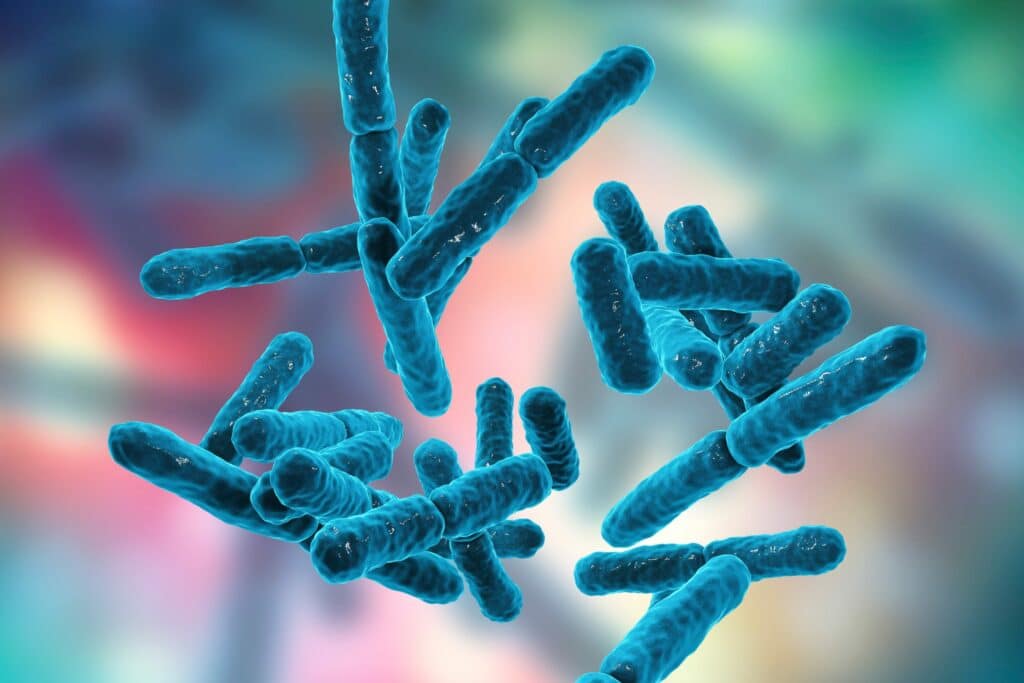Source: Callum Russell, The Conversation, 24 February 2022, photo credit: 123RF/drmicrobe
Microalgae have been used by the Chinese for medicinal and nutritional purposes for thousands of years in the belief they could cure almost any health condition. The idea that microalgae have extraordinary healing powers isn’t as far-fetched as some might think. Though the ancient Chinese believed the microalgae was responsible for health-improving benefits, we now know that it was in fact the biochemical compounds produced by these microscopic creatures that provided the “magic”.
There are approximately 100,000 species of microalgae, each with their own distinct set of properties. This diversity allows microalgae to flourish in almost every environment on Earth. Mostly they exist in aquatic habitats such as fresh or wastewater, but they have been found in moist soil – and even snowbanks too.
Microalgae are usually described as being green, and this is true for species such as B. braunii and C. vulgaris. But there are other species, such as C. officinalis, which is red or F. spiralis, which is brown. Each classification produces different types or quantities of biochemical compounds, making some more useful for certain applications than others.
Over the past few decades research has demonstrated the huge potential of microalgae, especially in the production of biofuel – fuel that is created from plant material or animal waste. I wanted to review this research to provide a framework to establish the most suitable microalgae species for large-scale biofuel production that can ultimately rival oil and gas giants and reduce our reliance on fossil fuels.
Read more
The South African Pork Producers’ Organisation (SAPPO) coordinates industry interventions and collaboratively manages risks in the value chain to enable the sustainability and profitability of pork producers in South Africa.
















